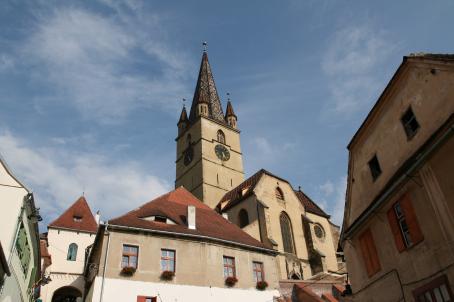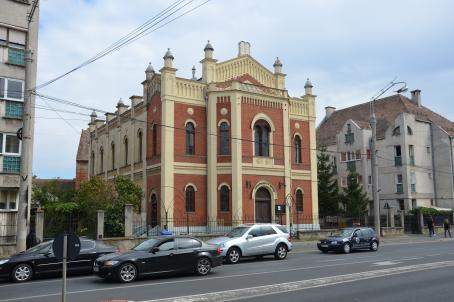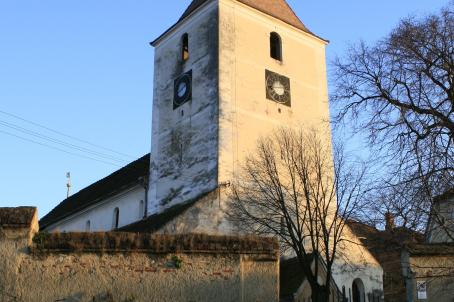Turnişor Fortified Church

The Romanesque basilica in Turnişor originates in the late 12th century and impresses due to its massive tower built above the square of the chancel, whose walls on the corner pillars are up to 3m thick. The tower is probably older than the church, which was enlarged to the west to receive its actual Latin cross shape. Because of the troubled times in the Middle Ages the assembly was initially surrounded with a fortification wall that survived only as ruin.
In 1781 a wooden clock was installed on the tower only to be replaced in 1862 with an ironed one. The Baroque interior furniture of the church comprises the 1759 altar and the 1782 pulpit. The small bell and middle one were made in a workshop in Sibiu in 1922.
About this building
For more information visit on this building visit https://kirchenburgen.org/en/location/neppendorf-turnisor/





